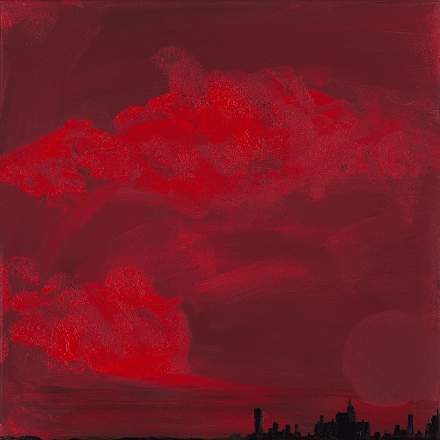
If you’re anything like me, then it’s hard to shake the feeling that any production built over some hook sampled from a 60s/70s/80s hit record has a fundamental undercurrent of laziness to it. It’s just difficult to believe that Ms Cat’s producers selected that slice of Dionne Warwick’s ‘Walk On By’ just because it sounded cool, rather than because of its built-in recognition factor – or indeed because of Warwick’s record company or songwriter Burt Bacharach’s publisher offering some financial inducement in return for the opportunity to re-flog their back-catalogue. However, if you do share this innate cynicism of mine, it’s also easy to mistakenly assume that what you’re hearing is a just minimum-effort copy-and-paste job, when it rarely is in practice. So, with this in mind, it’s a revealing exercise to compare the new usage of the loop with a DIY loop of the original production. Like this, in fact: Doja Cat: play_arrow | get_app Dionne Warwick: play_arrow | get_app
In this case, the first thing it revealed was that the tempo seems to have been increased slightly (by maybe 1.5 bpm), and that the sample has clearly been high-pass filtered to all but remove the original bass line (although the new bass line follows quite a similar rhythm when it arrives). However, what’s more intriguing is that the sample in its new context feels like it’s actually been processed to make it sound more lo-fi than it actually is – the production values of the original release are pretty high, as you can hear from my DIY loop. The vocal sound in particular is very open and natural in its original form, but sounds slightly congested and ‘vintage-ified’ in Doja Cat’s version, as well as feeling almost like it’s been a bit mangled by time-stretching, even though you can hear from my DIY loop that even my DAW’s built-in time-stretching does a creditably smooth-sounding job of such a small stretch. Thinking about it, though, this all stands to reason, because if Warwick’s production sound remained as airy and hi-fi as it is, then I think it would carry less retro crate-digging cachet, and would also present a mixing difficulty as far as maintaining Doja Cat’s own vocal as the star attraction.
The choice of loop point is also notable, because it would have been perfectly possible to create a loop without the downbeat editing disparity (that audible ’lump’ to the vocal in particular). Like this, for instance: Re-edited Dionne Warwick: play_arrow | get_app Now, I’m not going to rule out the eventuality that this was just an ’edit to the bar-lines’ labour-saving shortcut, but bear in mind that these weird sample-looping vagaries do have a certain ear-catching quality of their own. One of my favourite examples of this concept is Gabrielle’s ‘Rise’, for instance, where the deliberate gap at the end of each loop iteration (from Bob Dylan’s ‘Knockin’ On Heaven’s Door’) really helped it leap out at you on radio back in the day.
But if you listen carefully, you’ll notice that there’s another lumpy vocal moment which has nothing to do with the loop-point: it’s on the second beat of every second iteration, where it sounds like the second half of the first beat has been retriggered there. Why? Well, doing that effectively removes the opening D from the staccato brass riff, subtly transforming a two-bar loop into a four-bar loop, and thereby making the arrangement a little less repetitive.
And the other important factor to realise is that, even right at the outset of the Doja Cat production, you can already hear additional elements being layered surreptitiously alongside the sample to finesse its balance and character to suit its new environment. The original electric piano definitely feels like it’s being warmed and underpinned with some other synth elements, for instance, and notice the sneaky slowed-down brass and electric-piano sample that first appears under the loop’s third and fourth iterations at 0:11. And once the track gets going, it feels like there’s some kind of automated delay send adding a bit of a dubby echo to the Warwick vocal hook too (although not to the trumpet hook) – you can hear it best probably after “it’ll take a whole lot for me to settle” at 2:04.
Something else that’s fun is where the whole backing track’s muted to emphasise specific the words “ugh!” (at 1:26) and “bitch” (at 2:53). This technique is pretty commonplace for increasing the impact of swears in mainstream commercial productions (see my critique of Stormzy’s 'Vossi Bop', for instance), but here you get to compare a couple of different variations on the theme: the first instance also adds a dense vocal spot-reverb just for that one word, whereas the second doesn’t.










